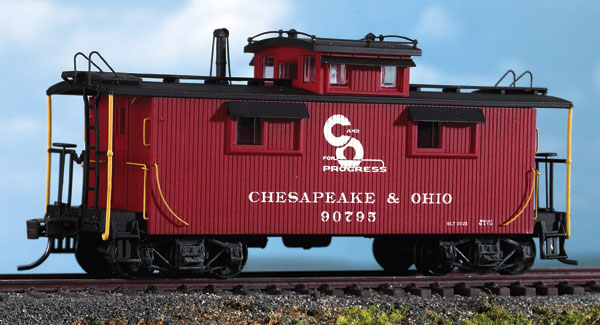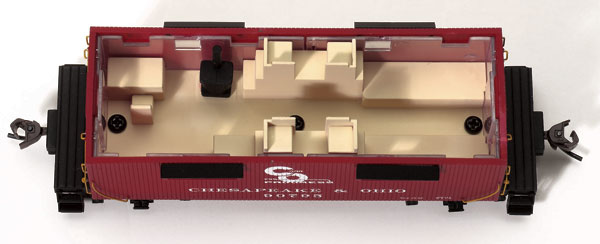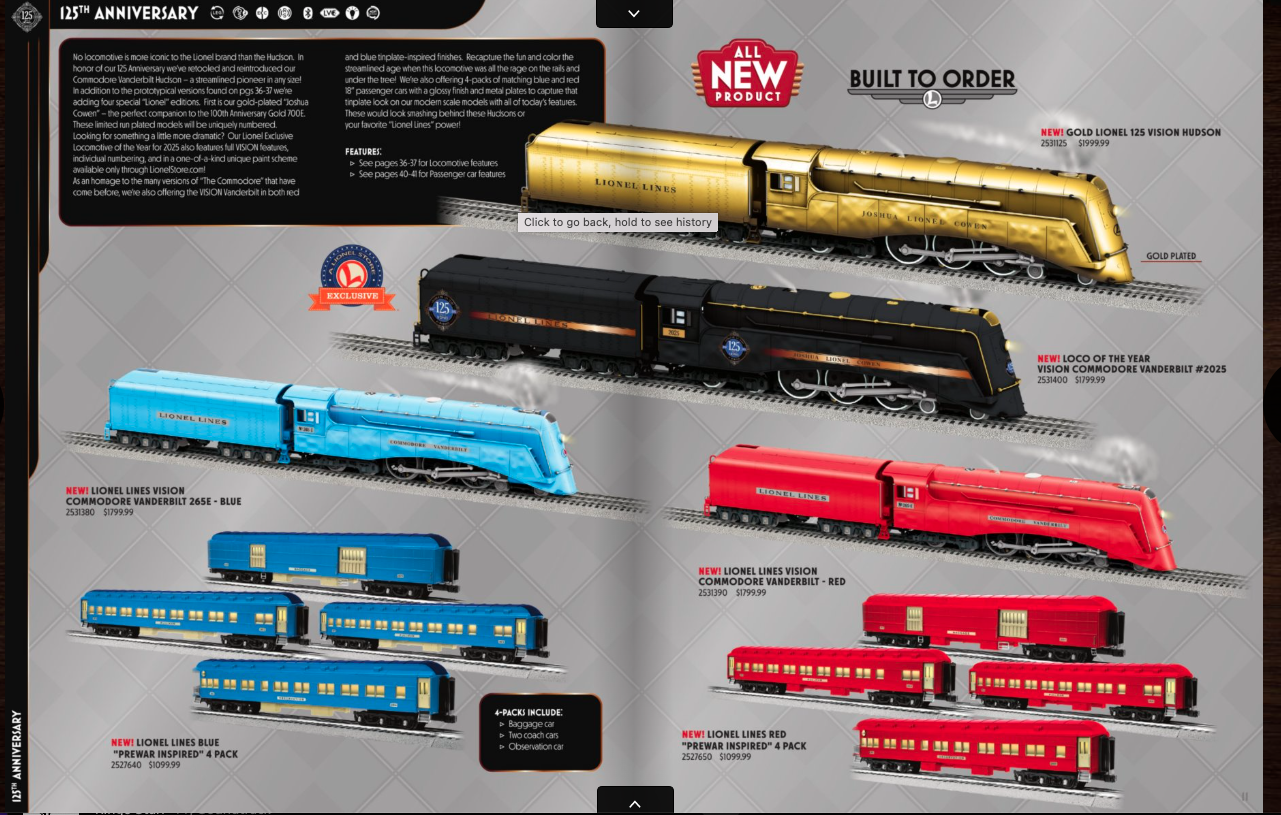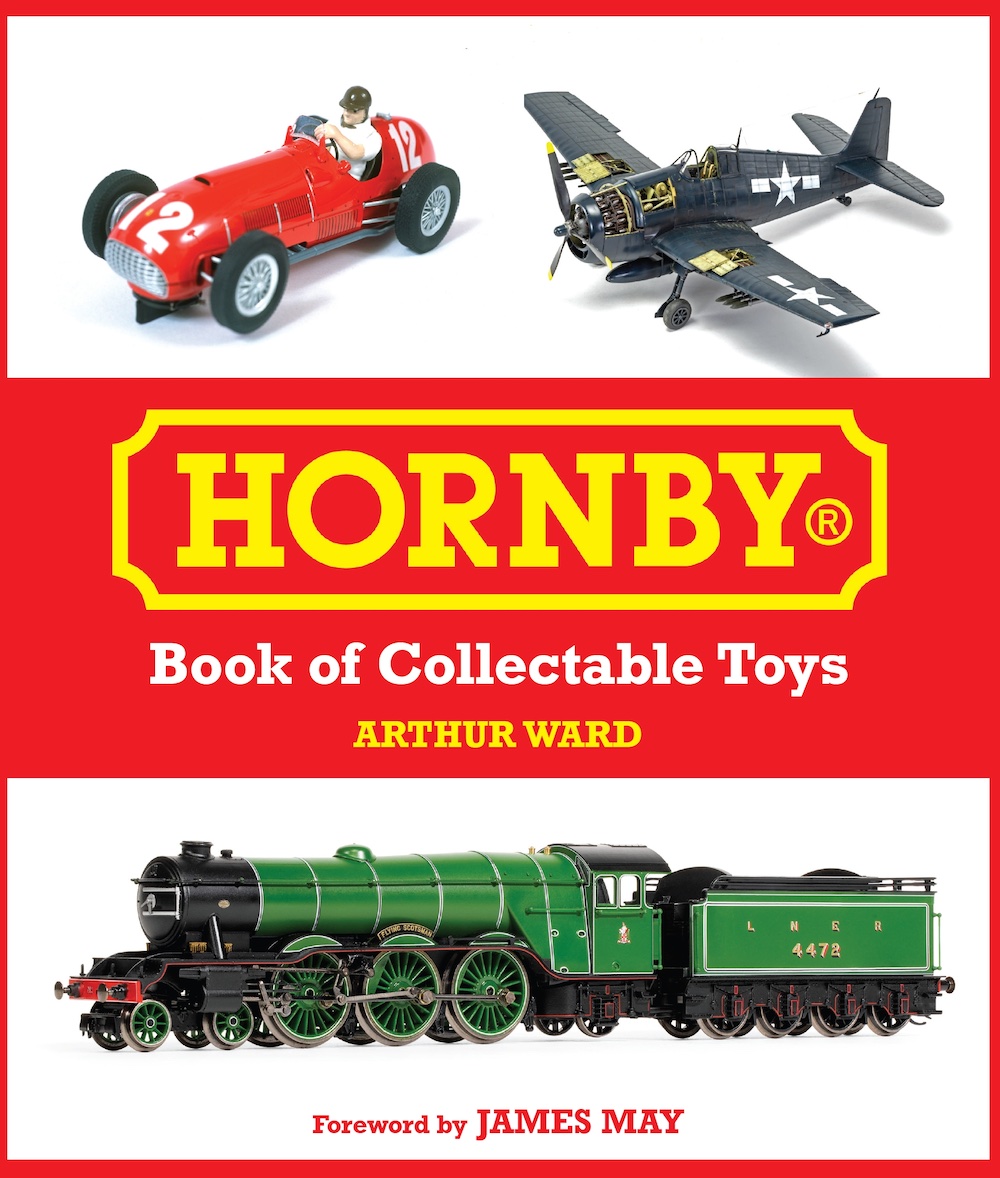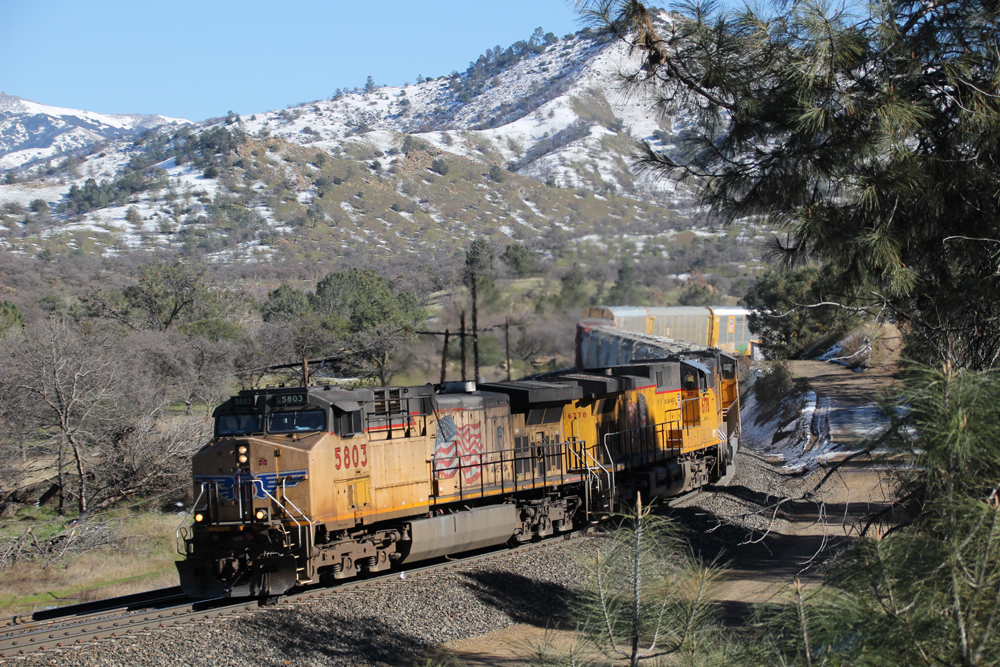The injection-molded plastic model represents cars of the C&O number series 90700 through 90799, delivered in November, 1924, by the Standard Steel Car Co’s. Baltimore Car & Foundry Division. They had wood-sheathed bodies but steel underframes.
This model matches a prototype drawing published in the December 1972 Model Railroader. The underbody detail is simplified and represents a car converted from the original type K air brake to AB equipment. The model comes with molded interior detail, though not much of it is visible.
Getting the roof off isn’t easy – it’s a snap fit and it took so much pressure to release that I was afraid of breaking it – but doing so is necessary to add all the end grabs. The holes for these are spotted on the body molding but have to be drilled with a no. 80 bit, and there’s no way to get in under the overhang to do that with the roof in place. I unsnapped it once, did the work, and replaced it. I don’t plan to remove it again.
You’ll need to exercise care drilling holes close to the body corners, as the drill will tend to break through the siding unless it’s angled slightly inward. The stanchions for the cupola handrail are delicate, and I broke several trying to remove them from the sprue with my smallest sprue nipper. Bill Wischer, of Walthers, recommends gently slicing them off the sprue with a sharp no. 11 blade, and that did work better. Walthers will send you another sprue if you break too many!
The sample shown here is painted in the scheme that was current from 1948 through 1957, with the C&O monogram and “FOR PROGRESS” slogan. The railroad painted its end and corner grabs bright yellow, along with the vertical corner stanchions. I did this in a two- step process, first brushing on Polly Scale Undercoat Gray, then adding Reefer Yellow after the gray was dry.
I’m pleased with the finished model, but the plastic corner stanchions are a little thicker than scale, and the yellow paint adds an unfortunate emphasis. Also, the rooftop railings should run straight down to the ladder stiles in-stead of bending inward at the bottom. If I were doing it again I’d bend new wire parts to replace them. Walthers deserves credit for making the inner and outer railings different heights so they come out even on top-just be sure to check which is which before you install them.
This snappy-looking, accurate plastic model should be welcome by C&O fans and caboose admirers alike.
Price: $24.98 each; $49.98 for two-pack with different road numbers
Manufacturer:
Wm. K. Walthers Inc.
5601 W. Florist Ave.
Milwaukee, WI 53218
Phone: 414-527-0770
www.walthers.com
Description:
Molded plastic with metal weight and plastic and metal add-on details
Features:
Interior detail
E-Z Mate magnetic knuckle coupler
Plastic archbar trucks with free-rolling,
RP25 plastic wheels on brass axles
Weight: 2 ounces (.62 ounces light according to the NMRA’s recommended practice)
Road names:
Chesapeake & Ohio, red with Roman lettering (1931-1948); C&), red scheme with “C&O FOR PROGRESS” herald, (1948-1957); and C&O yellow scheme (1957-1976)





